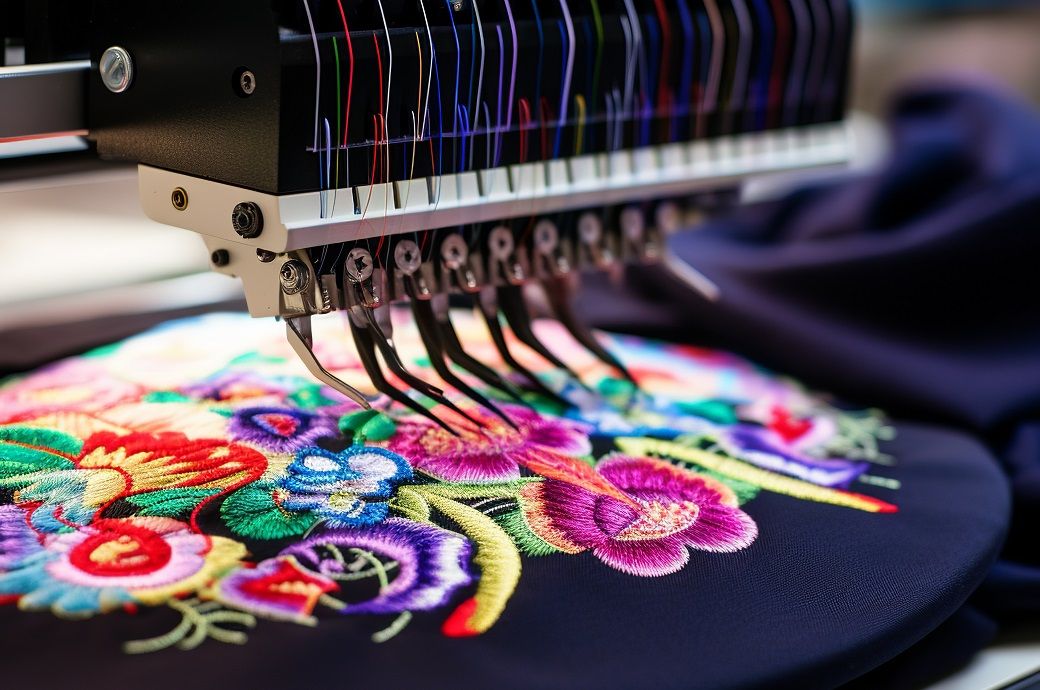
The decline was driven by a reduction in new orders, marking the first decrease in three months. This drop was attributed to a general slowdown in market demand, with clients hesitant to commit to new projects. New export orders also fell, although at a slower rate, with particular weakness noted in demand from Canada.
Despite the dip in new orders, manufacturing production continued to rise, albeit at a marginal pace. The modest growth in output was supported by work on backlogs and a significant replenishment of finished goods inventories. However, the pace of expansion was the slowest in the current six-month growth sequence.
Employment in the sector also rose, but at the slowest pace since January, as firms hired cautiously amid the uncertain demand outlook. Nonetheless, there was a slight increase in business sentiment, with some manufacturers optimistic that the current soft patch in demand will be temporary, potentially improving after the upcoming Presidential Election.
Input costs surged in July due to higher prices for energy, freight, labour, and raw materials. However, the rate of inflation for these costs eased to a four-month low. In response, manufacturers raised their output prices only marginally, resulting in the slowest pace of price inflation in a year, as they aimed to remain competitive in a challenging market environment.
Purchasing activity declined for the second consecutive month, reflecting firms' reluctance to buy additional inputs amid falling orders and rising costs. This reduction led to a further decrease in input inventories, continuing a five-month trend.
Supply chain performance remained broadly unchanged in July, with improvements in delivery times due to reduced demand being offset by ongoing staff shortages, material scarcities, and shipping delays.
Chris Williamson, chief business economist at S&P Global Market Intelligence, said: “The manufacturing recovery moved into reverse in July, though the gloomier growth picture was accompanied by a marked cooling of inflation in the goods-producing sector.
“Business conditions worsened in July as the first fall in new orders since April caused a near-stalling of production. Purchasing activity is falling and hiring has slowed amid concerns over weaker-than-anticipated sales.
“Many firms are expecting the weakness to be temporary, linked to paused spending and investment ahead of the Presidential Election. However, firms’ expectations for output in one year’s time remain subdued by historical standards, reflecting additional concerns over the impact of higher interest rates and persistent inflation. While orders for investment goods such as plant and machinery fell especially sharply in July, underscoring the recent pull-back in capital spending, producers of consumer goods also reported a modest fall in demand.
“There was better news on the inflation front. Input cost inflation cooled for a second month after having risen to a 13-month high in May. This welcome lowering of cost pressures helped take further heat out of selling price inflation, which moderated sharply in July to the lowest for a year to signal only a marginal increase in prices during the month. This near-abeyance of producer price inflation should feed through to lower consumer price inflation in the coming months.”
Fibre2Fashion News Desk (KD)